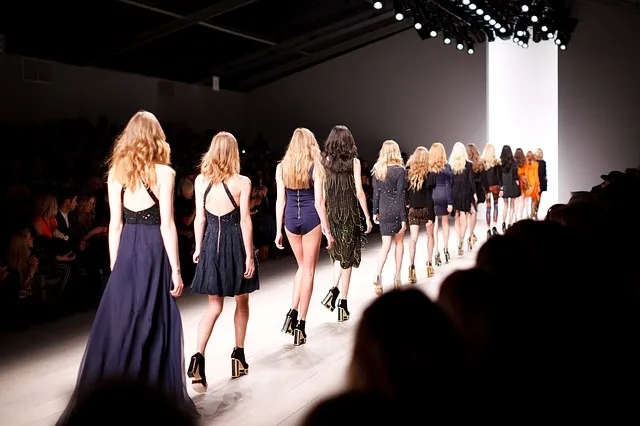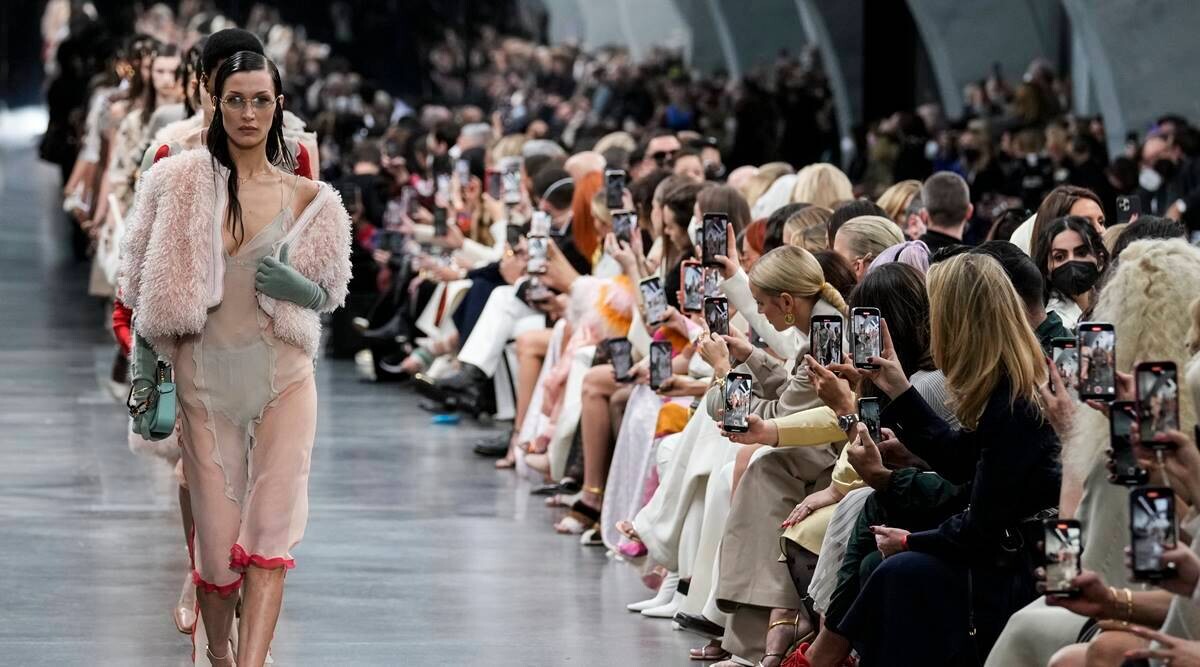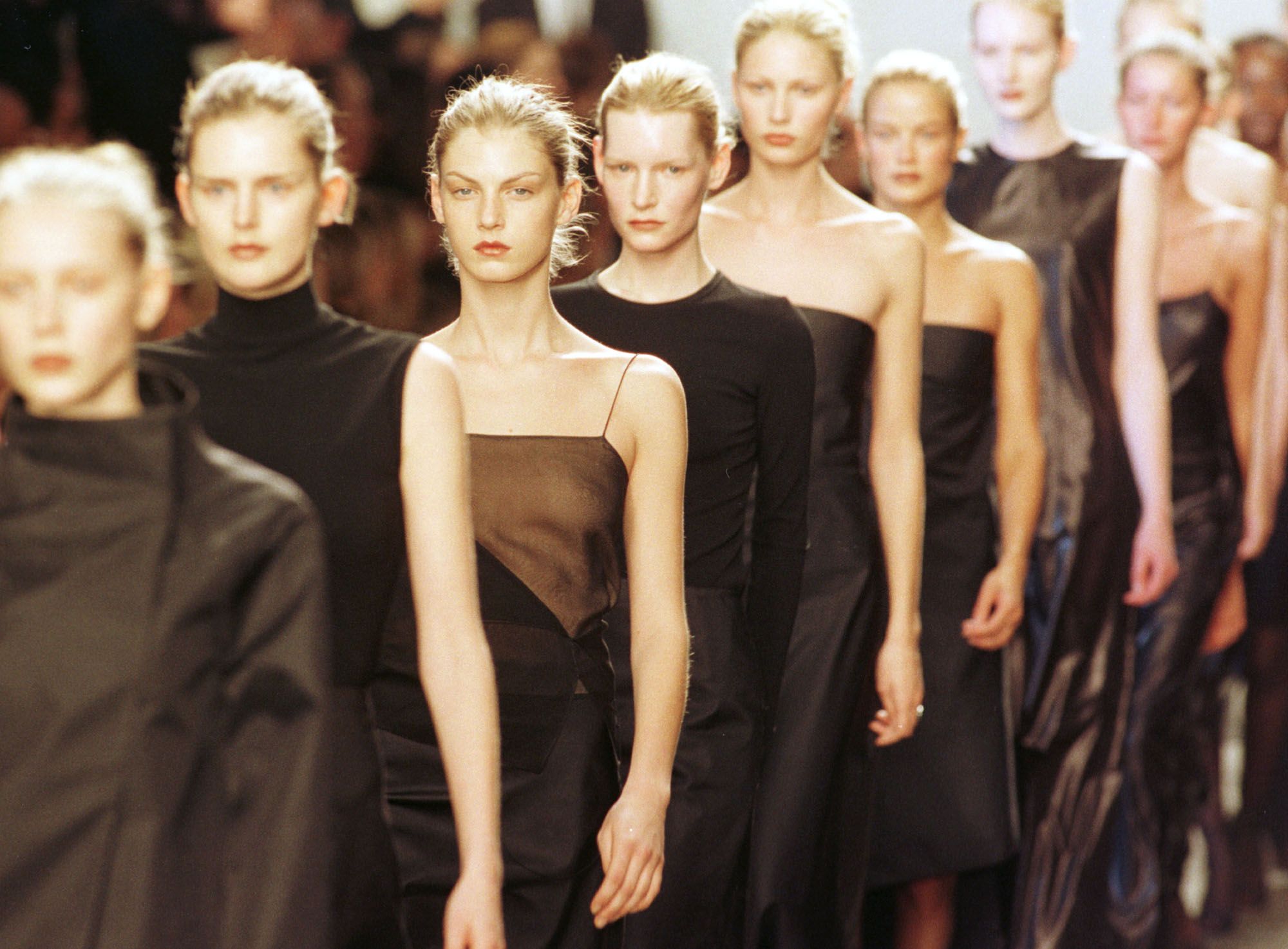A captivating catwalk can make or break a fashion show. It’s not just about the clothes but how they are presented on the runway. Here’s a comprehensive guide to ensuring your fashion show has the best catwalk experience:
1. Planning and Preparation
- Conceptualize the Theme:
- Research and Inspiration: Start by researching current fashion trends and drawing inspiration from various sources such as art, culture, history, and nature. Consider the designer’s vision and how it can be translated into a cohesive theme.
- Mood Boards: Create mood boards to visually represent the theme. Include color schemes, textures, and key visual elements that will define the show’s aesthetic.
- Storyline: Develop a storyline or narrative that connects the collection and provides context. This could be a journey through different eras, an exploration of a specific cultural influence, or a futuristic vision.
- Venue Selection:
- Venue Size and Layout: Choose a venue that accommodates the expected number of guests and provides enough space for the runway and backstage area. Consider unconventional venues like art galleries, outdoor spaces, or historic buildings to enhance the theme.
- Accessibility and Facilities: Ensure the venue has good accessibility for guests, including those with disabilities. Check for adequate facilities such as restrooms, dressing rooms, and parking.
- Logistics: Plan the logistics for transporting equipment, setting up the runway, and managing guest arrivals. Coordinate with venue staff for smooth operations.
2. Designing the Runway
- Runway Layout:
- Shape and Length: Opt for a runway shape that best suits the venue and audience layout. T-shaped runways are classic, U-shaped runways provide an intimate setting, and straight runways are versatile.
- Elevation: Consider elevating the runway to ensure all guests have a clear view of the models. Use sturdy materials to construct a safe and stable runway.
- Runway Surface: Choose a non-slip surface to ensure the safety of models. Incorporate elements like LED lights or reflective materials for added visual impact.
- Stage Setup:
- Backdrop and Side Panels: Design backdrops and side panels that reflect the show’s theme. Use high-quality graphics, fabrics, or digital screens to create an immersive environment.
- Decorations: Incorporate decorations that enhance the runway without distracting from the outfits. Use props, plants, or thematic elements that complement the collection.
3. Lighting and Sound
- Lighting:
- Spotlights: Use spotlights to highlight the models and outfits as they walk the runway. Ensure the lighting is even to avoid shadows that can distort the appearance of the clothes.
- Ambient Lighting: Create an atmosphere that aligns with the theme. For example, use warm lighting for a cozy, intimate show or cool lighting for a modern, edgy feel.
- Lighting Effects: Incorporate lighting effects like color changes, moving lights, and projections to add drama and interest to the show.
- Sound System:
- Music Selection: Choose music that complements the theme and enhances the mood of the show. Create a playlist that includes a mix of energetic tracks and softer pieces to match the pace of the models.
- Sound Quality: Invest in a high-quality sound system to ensure clear and powerful audio. Test the system before the show to avoid technical issues.
- Live Performances: Consider incorporating live performances, such as a live DJ or musicians, to add a unique element to the show.

4. Model Selection and Training
- Casting Models:
- Model Types: Select a diverse group of models that reflect the brand’s image and the show’s theme. Include models of different ages, ethnicities, and body types to promote inclusivity.
- Portfolio Reviews: Review the portfolios and conduct auditions to assess the models’ walking style, confidence, and ability to convey the desired mood.
- Training:
- Runway Walk: Conduct rehearsals to train models in walking styles that suit the collection. Emphasize posture, stride, and timing to ensure a polished performance.
- Expressions: Train models to use facial expressions and body language that align with the theme. They should exude confidence, elegance, or the specific mood required by the designer.
- Feedback: Provide constructive feedback during rehearsals and make adjustments as needed. Encourage models to practice independently.
5. Wardrobe and Styling
- Outfits:
- Fit and Finish: Ensure all garments are tailored to fit the models perfectly. Conduct fittings well in advance to make any necessary adjustments.
- Sequence: Plan the sequence of outfits to build anticipation and showcase the collection’s highlights. Start with simpler pieces and progress to more elaborate designs.
- Accessories and Makeup:
- Complementary Accessories: Choose accessories that enhance the outfits without overshadowing them. This includes jewelry, hats, bags, and shoes that align with the theme.
- Hair and Makeup: Work with professional hair and makeup artists to create looks that complement the collection. Use makeup to enhance the models’ features and create a cohesive look.
6. Choreography
- Walking Patterns:
- Synchronization: Plan the models’ walking patterns to ensure synchronization and avoid collisions. Use markers on the runway for precise positioning.
- Highlighting Key Pieces: Incorporate pauses, turns, and poses to highlight key pieces. Ensure models know when to stop and pose for photographers.
- Finale:
- Impactful Finale: Plan an impressive finale to leave a lasting impression. This could involve all models walking together, a dramatic reveal, or a special performance.
- Designer’s Bow: Plan the designer’s final bow to acknowledge their work and connect with the audience. Coordinate with models to ensure a smooth exit.
7. Audience Engagement
- Seating Arrangement:
- Prime Viewing Spots: Arrange seating to provide the best view of the runway. Ensure VIP guests, press, and photographers have prime spots for an unobstructed view.
- Comfort and Accessibility: Ensure seats are comfortable and easily accessible. Provide clear signage and staff assistance for guest convenience.
- Invitations and Promotion:
- Stylish Invitations: Design stylish and thematic invitations that create anticipation. Include all necessary details such as date, time, venue, and dress code.
- Social Media Promotion: Use social media platforms to promote the event. Share teasers, behind-the-scenes content, and countdowns to engage the audience.
- Influencer Collaboration: Collaborate with fashion influencers and bloggers to create buzz and reach a wider audience.
8. Rehearsals
- Full Run-Throughs:
- Technical Rehearsals: Conduct full technical rehearsals with all elements in place, including lighting, sound, and model choreography. Test all equipment and make adjustments as needed.
- Dress Rehearsals: Hold dress rehearsals with models in their outfits to ensure everything fits and looks perfect. Make final adjustments to garments and accessories.
- Feedback Sessions:
- Constructive Feedback: Use feedback sessions to identify strengths and areas for improvement. Encourage open communication and collaboration among the team.
- Final Adjustments: Make any necessary adjustments based on feedback to ensure a smooth and flawless show.
9. Day of the Show
- Final Preparations:
- Double-Check Everything: Ensure all elements are in place, from the runway setup to model attire. Conduct a final walkthrough to check for any last-minute issues.
- Backstage Management: Keep the backstage area organized and calm. Assign dressers to models for quick outfit changes and have a clear schedule to follow.
- Guest Management:
- Guest Arrivals: Coordinate guest arrivals and seating. Provide clear directions and assistance to ensure a smooth entry process.
- VIP Treatment: Ensure VIP guests receive special treatment, including priority seating, refreshments, and exclusive access to the backstage area.

10. Post-Show
- Review:
- Event Debrief: Conduct a debriefing session with the team to review the event. Identify strengths, areas for improvement, and lessons learned.
- Audience Feedback: Gather feedback from guests, including press and influencers. Use this feedback to improve future shows.
- Thank You Notes:
- Express Gratitude: Send thank-you notes to all participants, including models, designers, staff, and key guests. Express appreciation for their contributions.
- Social Media Highlights: Share highlights and behind-the-scenes moments on social media to maintain buzz and engage with the audience.
Creating the best catwalk in a fashion show requires meticulous planning and execution. By focusing on each aspect, from concept to execution, you can ensure a memorable and impactful fashion show that showcases the designer’s vision beautifully.

